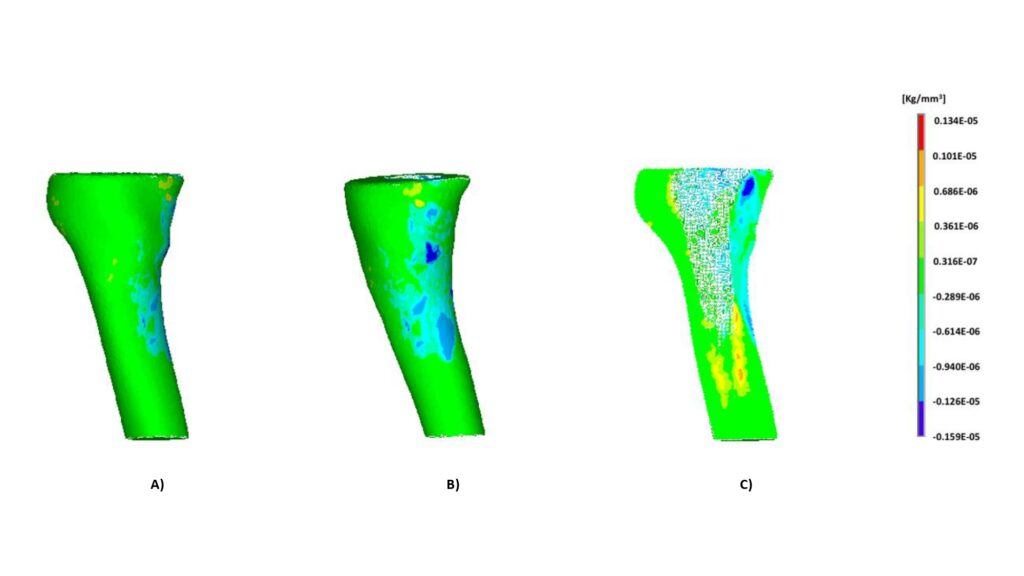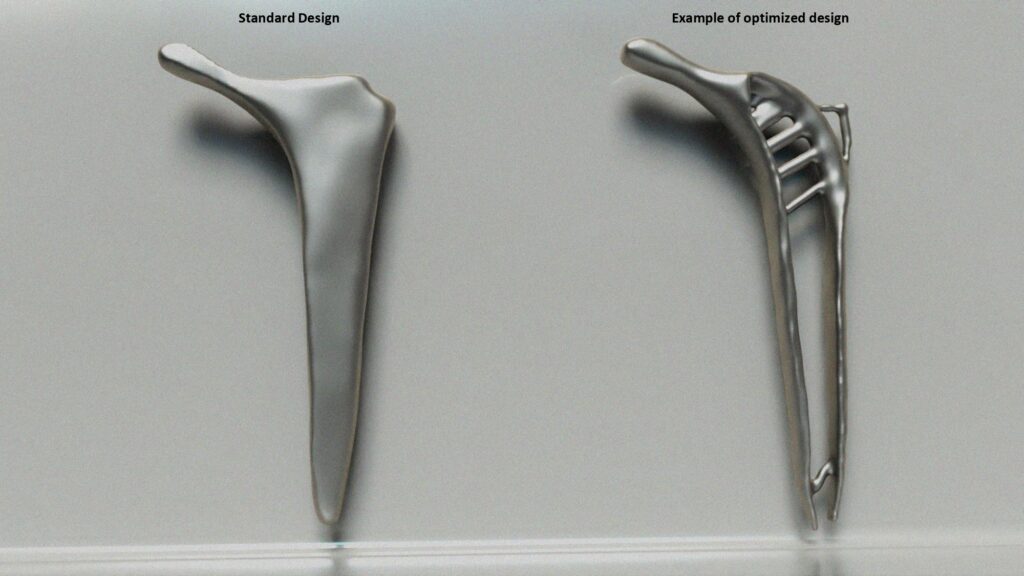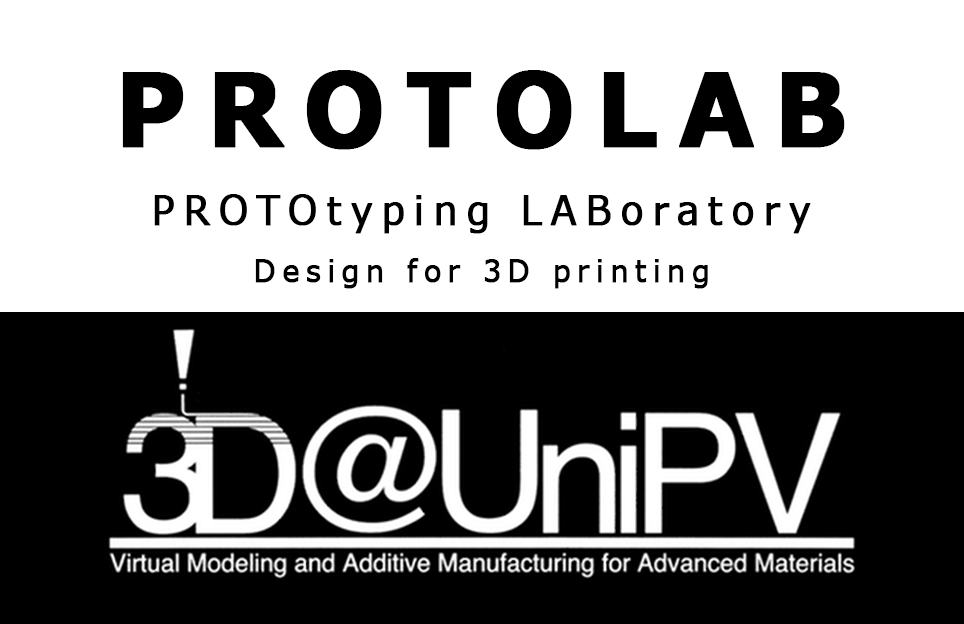The combination between additive manufacturing and topology optimization is becoming a key element in product development these days.
Topology Optimization is an alternative procedure adapted to the computer aided design. The main goal of this method is to get the best structural performance through the identification of the optimum material distribution inside the available design space of a structure.
Additive Manufacturing allows to produce complex geometries resulting from these procedures through different type of technologies and materials.
In the medical field, Topology Optimization and Additive Manufacturing could be used to realize patient specific prostheses. Our aim is to apply them to reduce the prosthetic failure due to bone resorption secondary to stress shielding, a phenomenon caused by the stiffness difference between the metal prosthesis (usually titanium alloy) and the bony tissue. The prosthetics failure, that in most cases shows up after 15/20 years from the implantation, determines the necessity of a revision surgery, which represent an inconvenience especially for young patients.
Thanks to an in-house APDL code developed in Ansys, we can simulate the presence of a titanium hip prostheses in a human femur after total hip arthroplasty replacement. In this way, implementing the Wolff’s law, it’s possible to predict the bone remodelling.
Starting from this information, we want to develop a Topology Optimization architecture capable of defining a new implant’s design which reduces the predicted bone resorption, ensuring the structural characteristics of the prosthesis and its durability. Moreover, the usage of Additive Manufacturing techniques enable to produce the complex resulting geometries of the implants, using biocompatible materials, in short time.

Fig. 1: Bone remodelling in presence of standard hip prosthesis: blue zones represent bone resorption, red zones bone absorption. A) Lateral view of bone remodelling; B) Frontal view of bone remodelling; C) Sectional view of bone remodelling.

Fig. 2: Topology optimization of hip prosthesis: left image represents the standard full prostheses, the right image shows a possible optimized design obtained through the Proportional Topology Optimization (PTO).
May 20, 2022


